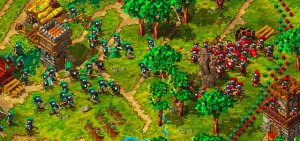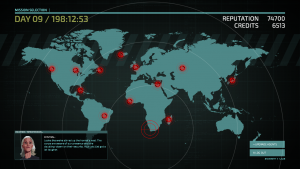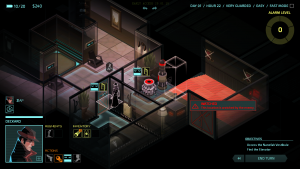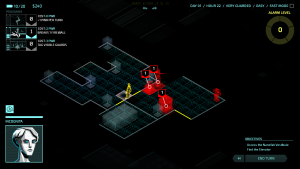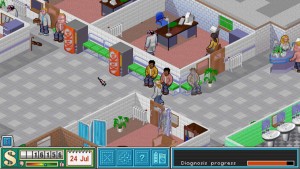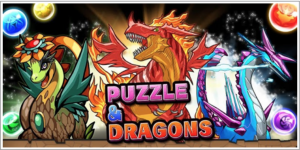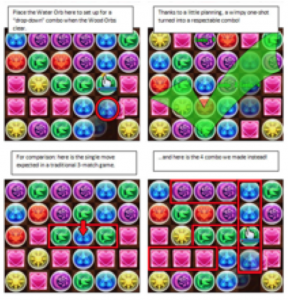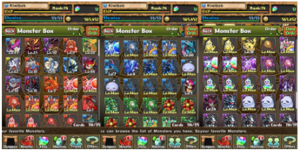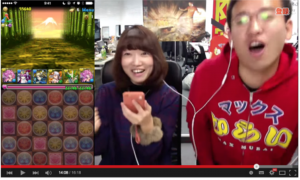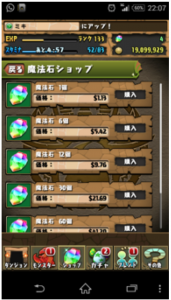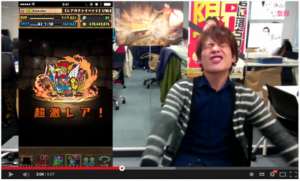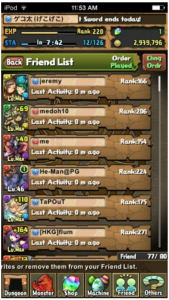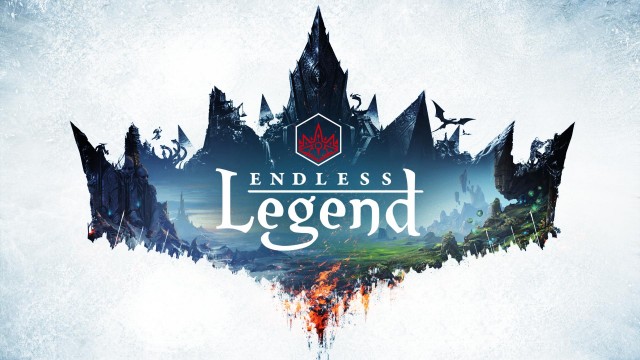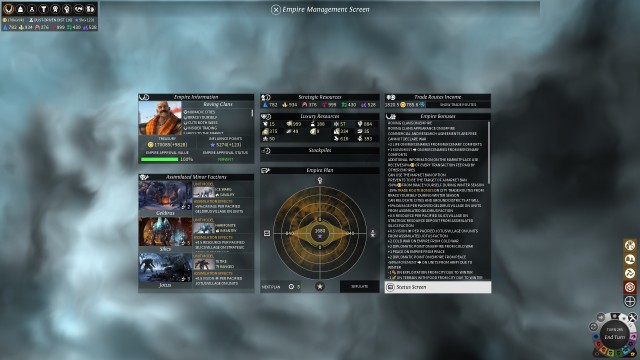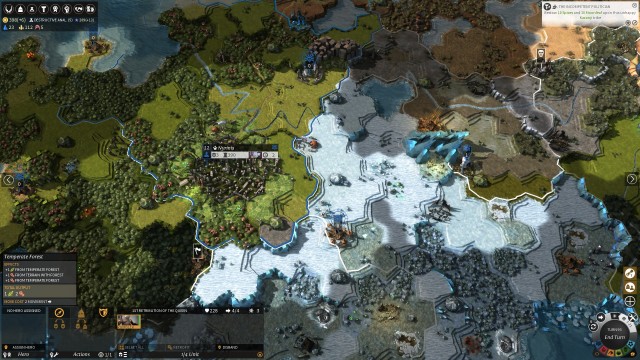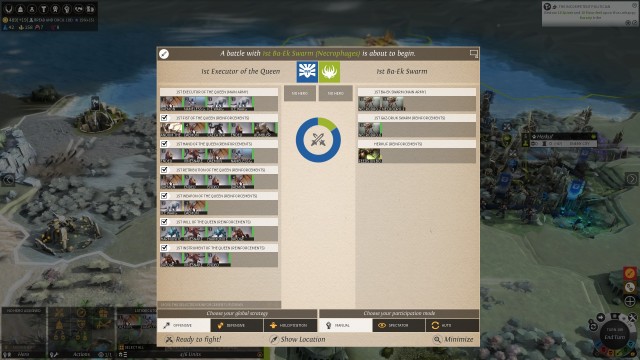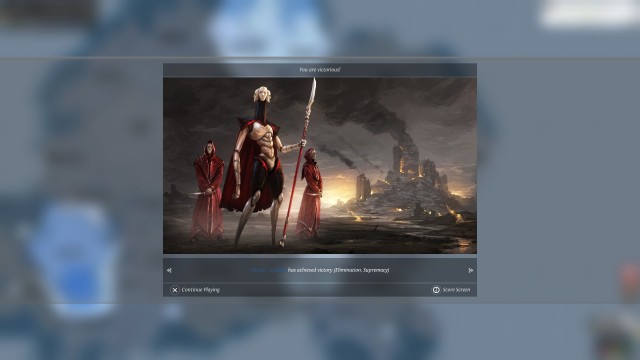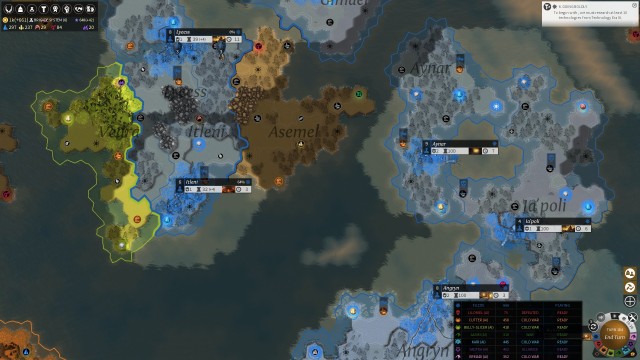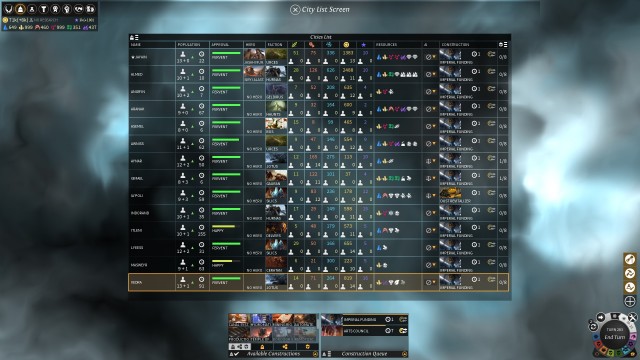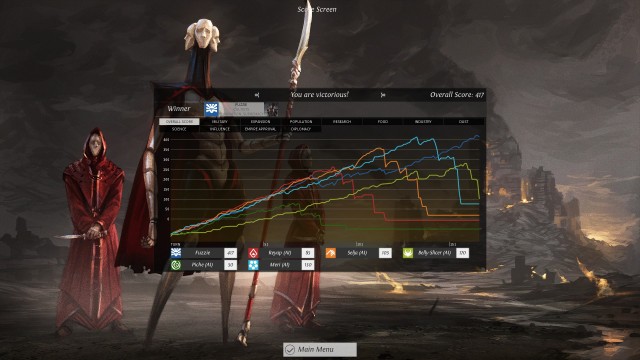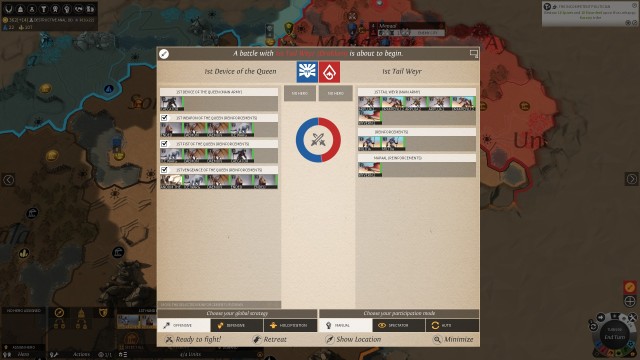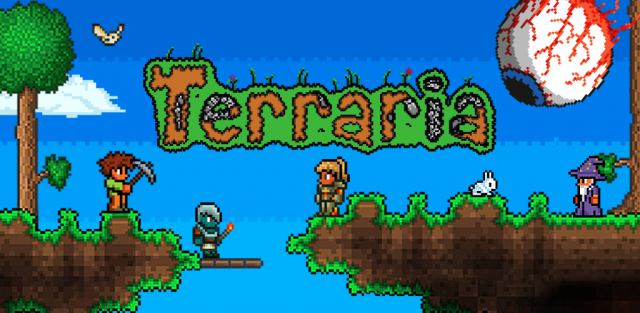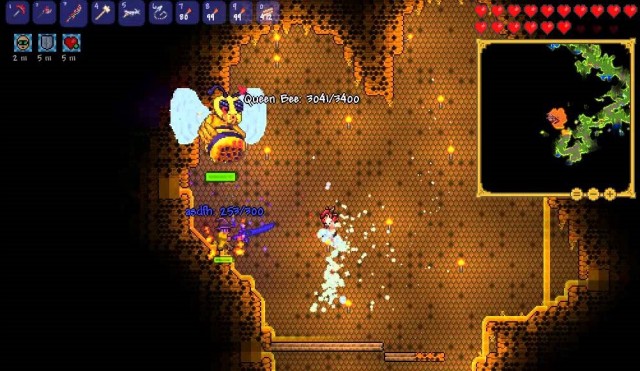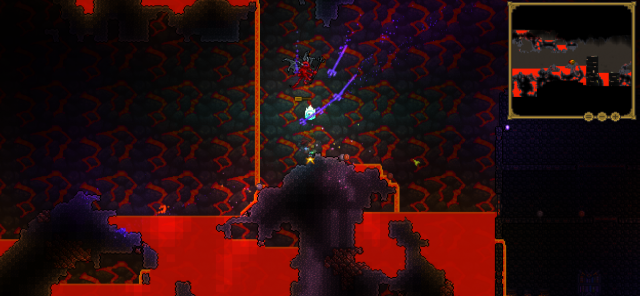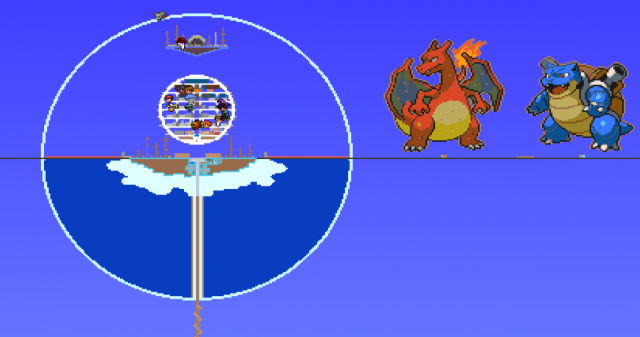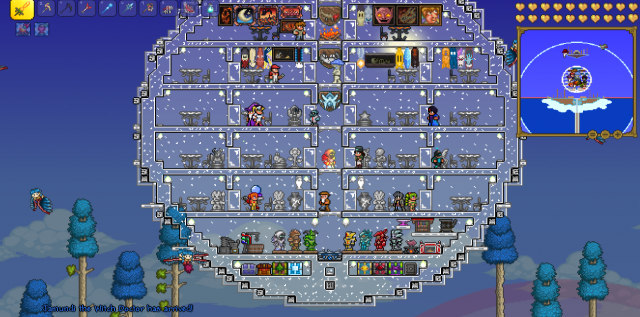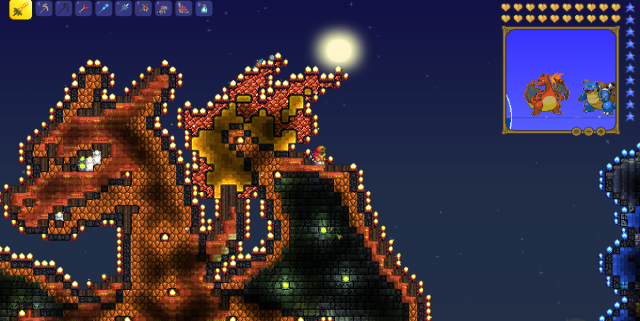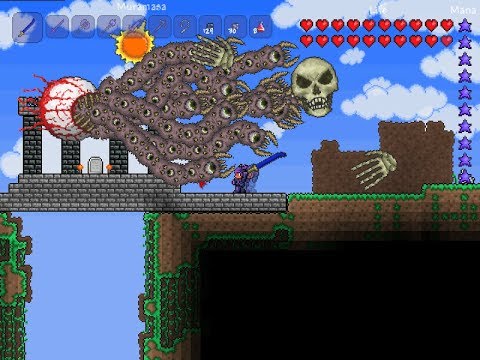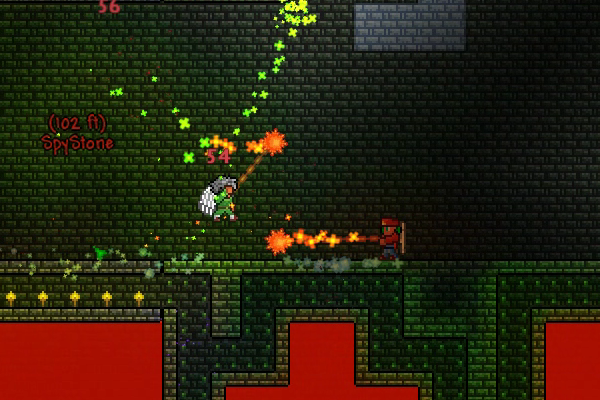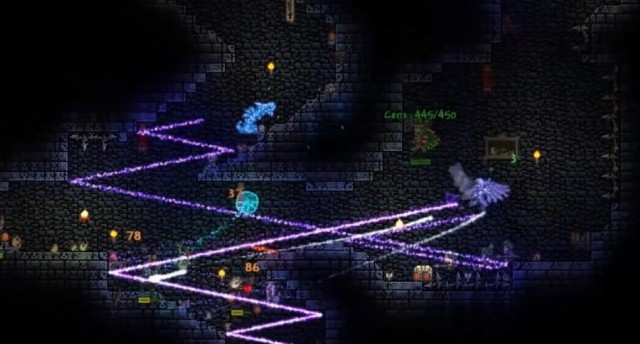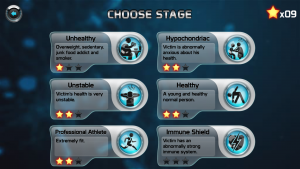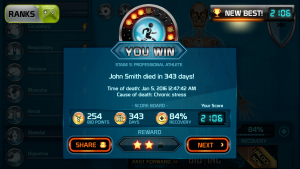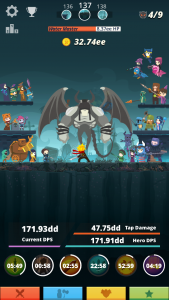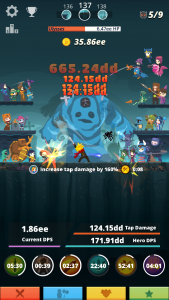The Settlers III is a strategy game, the third installment in the famous Settlers series. The game was released in 1998 on PC. The Settlers III’s focus lies on controlling a settlement’s economy, which eventually enables the player to build up an army and defeat the enemies. The economy is a complex system with a long production chain. Each type of resources has its own type of building where it is produced.
Wikipedia article (no official website is currently maintained): http://en.wikipedia.org/wiki/The_Settlers_III
Gameplay video: https://www.youtube.com/watch?v=m1g_VOcXeI0
Analysis of the game through lenses
1: The lens of essential experience
The essential experience in Settlers III is building up the settlement’s economy through carefully balancing all elements of the production chain. Because all resources are physical objects, it is crucial to take transportation of resources into consideration when placing the buildings. An important part of the experience is being able to see a well functioning settlement, which looks like a living organism.
2: The lens of surprise
The element of surprise is a bit lacking from the game – the differences between the maps don’t introduce enough variety and the gameplay eventually boils down to the same process in every mission. The only moments when the player can be surprised are a) when the time of the opponent’s attack comes earlier / the scale of the attack is larger than expected, or b) when the player finds stacks of resources that are sometimes placed in distant locations of the map. Some elements of the map like a shipwreck on a coast are supposed to introduce more variety to the maps, but it is only an aesthetic addition and doesn’t affect the gameplay.
5: The lens of endogenous value
There are certain resources in the game that are on top of the production chain – notably gold and weapons.Thanks to the fact that all resources are physical objects, the sheer wealth of a settlement is shown not simply by a number somewhere in the UI, but by the resources one can directly see lying on the ground. This motivates players to accumulate wealth and is a rewarding sight. One of the most pleasant experiences is when after one conquers part of the opponent’s land, the carriers swarm the conquered land, collecting valuable resources and bringing them back to the main settlement. The main value in the game lies in the resources.
7: The lens of the elemental tetrad
From the tetrad, the elements that are the most important for The Settlers III are aesthetics and mechanics. The story is almost inexistent – in the campaigns there is some backstory, involving competition between ancient gods and the diaries of the nations’ leaders, but it appears only between the missions and not within the game itself. Regarding technology, the game is a classic 2D isometric view strategy game, only the elements of the world have been originally modelled in 3D and then converted to 2D images, which gives them a distinct look. The aesthetic contributes greatly to the experience of the game – the visual style is very idyllic, with bright colors and good animations. The sound design is very important, with a lot of ambient sounds of the settlement and all the performed jobs, adding to the feel of the settlement as a living organism.
The mechanics are the most important element, as the character of the game lies in the focus on managing the production and trasportation of resources – thus making the game different from most titles.
17: The lens of pleasure
A few main elements give players pleasure: the colorful graphics, vivid music and sound effects contributing to a laid-back experience; the experience of seeing the settlement live its own life; the collecting of resources; the experience of destroying the enemy’s settlement and gaining their resources.
25: The lens of goals
The goal of the game is usually to capture all the opponent’s territory. However, this tends to get a bit boring towards the end of the game, where it is clear that the player is winning. The most emotional phase of a conflict are usually the first attacks, where both parties have amassed large armies. Later on, when the main forces of the enemy have already been destroyed, the conquest stops being interesting. Sometimes the goal of a mission is to collect a certain number of resources, but this doesn’t drastically change the gameplay.
42: The lens of simplicity/complexity
The process of controlling the economy is a complex task, therefore several other elements have been simplified: all settlers move automatically, performing their tasks. The player can control the priorities – what is the most important good to be transported etc. On one hand, this lets the player to focus on a higher level of management, however this automation sometimes leads to problems, where the player would hope to have more control over the actions of the settlers. Military units are controlled manually, but the AI behind the execution of orders is not perfect and usually the only possible tactic is amassing a large number of soldiers and then sending them all to attack the opponent, hoping to succeed.

